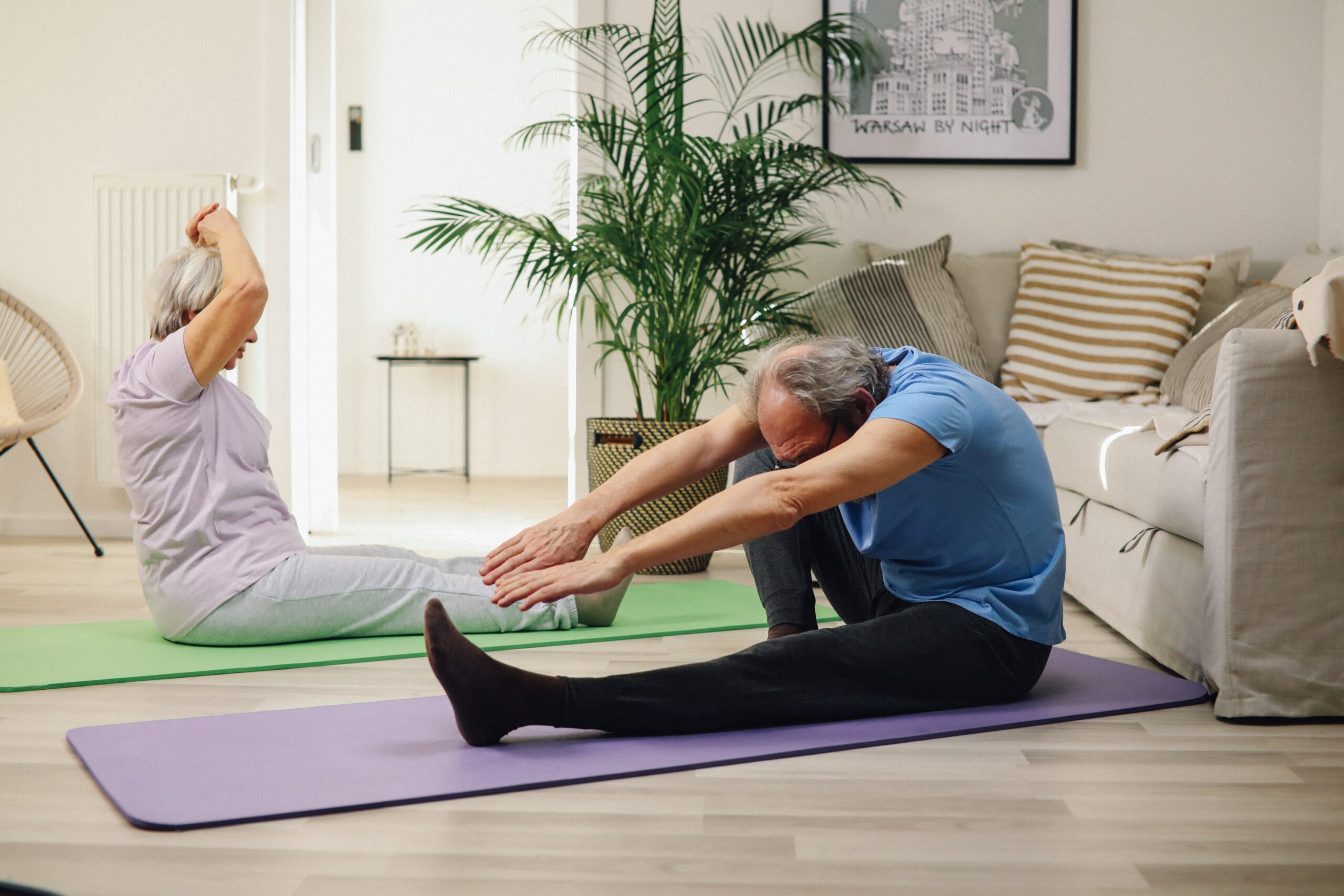Diet and nutrition for health:
Eating food is necessary for human growth, as well as for maintaining a Healthy Living. Depending on our age, we humans have varying nutritional needs. They begin to eat three times a day as they become older, which is more typical for children. For example, infants may require four-hourly feedings until weaned are old enough to eat solid foods. Many parents are aware that young people regularly snack between meals, especially children, teenagers, and adults. Adults and the elderly aren’t the only ones who snack; they’re just as likely to do so.
What does it mean to lead a healthy lifestyle?
Most people understand “Healthy Living” to indicate that a person’s physical and mental health are in harmony. This website’s primary goal is to help people learn about educating people. Offer readers advice on. how they might improve or enhance their lifestyle to maintain a healthy one. It’s not designed to be comprehensive, but it will cover the most critical aspects of what’s called a way of life. That results in a healthy body.
Tips for “emotional and mental wellness” will be included in part of the advice. Physical and mental health are often intertwined. The way that a positive or negative change in one directly impacts the other. In addition to the advice on how to lead a Healthy Living, In this section, we will discuss some of the best ways to avoid bad habits.
Tips:

Rewarding youngsters with sugary snacks is a bad idea since it can establish a lifetime habit. If a person is upset or depressed, eating will not alleviate these feelings and could make them worse. Saturated, trans, and trans-fatty acids; cholesterol; salt; and added sugars should all be avoided in your diet. Look at the labels because the first mentioned items on the brands have the largest concentrations of substances.
Reduce weight gain and gastric reflux by avoiding a large meal before bedtime. Prevent overeating during the hottest months of the year, especially on hot days. Control portion sizes; eat the minimum amount that can satisfy your hunger, and then quit. If consumed in moderation, healthy snacks such as fruit, nuts, and seeds are OK. Nuts, whole grains, or a combination of the two to satiate hunger without putting on weight.
A Healthy Living diet should include three balanced meals a day: a healthy breakfast, lunch, and dinner. Remember that dinner doesn’t have to be the biggest meal of the day! Most dangerous bacteria and other pathogens are destroyed when food is cooked over 165 degrees Fahrenheit. You can consume raw fruits and veggies if you choose. Wash them thoroughly with running water that has been treated to make them safe to eat. Should avoid the extra calories in sodas and sugar-enhanced drinks.
Diet drinks may not be the best option for certain people because they make them more hungry and increase their food intake. Weight loss and a Healthy Living have been linked to a vegetarian diet. Check with your doctor to ensure you’re receiving enough vitamins, minerals, and iron in your diet. Should avoid raw or undercooked meats of any kind at all costs.
Should include lean meat, chicken, fish, beans, and nuts (with an emphasis on beans and nuts) in a balanced diet. Low-fat dairy and low-fat fruits and veggies should make up the majority of a person’s diet. A wide variety of dairy products, including low-fat and fat-free dairy options.

Helpful advice for specific situations:
College students and military personnel are examples of working irregular hours (such as night shifts). Maintaining a three-meal-a-day habit is the best way to keep yourself healthy. A diet high in vegetables, fruits, and nuts are recommended for anyone wanting to lose weight (body fat). The quantity of meat and dairy items consumed each week has also decreased significantly. Use the instructions above and check your glucose levels as instructed by your doctor if you have diabetes. Should prepare food without the use of oil or the frying of food in it.
Make an effort to maintain a healthy blood sugar level. Levels as close to standard every day. If you feel ill, don’t hesitate to get help. They are unable to maintain a healthy weight and diet. Alternatively, if you have diabetes and are unable to keep your blood sugar levels under control.
Exercise and physical activity:
Regular physical activity can lower the risk of coronary heart disease, stroke, and other diseases. People living with Chronic arthritis can benefit from regular exercise, which can help them increase their stamina. We carry out routine chores such as driving, rising flights of steps, and opening jars, among others. Can prevent osteoporosis by improving bone strength through regular, weight-bearing activity.
Muscle mass and strength, balance, flexibility, and endurance can all be improved by regular exercise to prevent or reverse the effects of aging. Falls among the elderly can be lessened with the use of these strategies. People who engage in intensive physical activity may feel exhausted and in pain afterward. should stop the exercise until the source of pain is discovered.

Continued participation in this type of activity may necessitate consultation with a physician. Playing outside is a fantastic place to start for children who need to get some exercise. Can do smaller 10-minute workouts throughout the day. Slow and steady wins the race when it comes to avoiding injury or exhaustion. In the long run, gradually increase the amount of activity you do each day from 30 to 60 minutes to an hour or more. Playing games is a great way to have some fun.
However, it is essential to remember not to overdo particular workouts. For example, it may damage a joint like the elbow or shoulder if a pitcher throws too many pitches in a baseball game. People of all ages and fitness levels can benefit from a wide range of resistance-based workouts. Self-esteem and self-confidence can be boosted by regular exercise. Enhance mood and mental health by reducing stress and anxiety.
No one is ever too old to begin an exercise program. Even the most feeble senior people, 70 to 90 years old, can benefit from regular exercise. In some circumstances, regular exercise might help people lose weight and keep it off. Lead to fat loss. At the absolute least, every three to five days is required.is required.; thirty minutes of moderate exercise is recommended. However, exercising regularly provides the best health benefits.
A medical evaluation is not required for most people to begin light exercise, such as walking. If you have one or more of the following conditions, please contact us for assistance. Before beginning any new workout plan, you should consult with your doctor: morbidly obese individuals. Coronary heart disease is more common in people with pre existing illnesses that raise their risk.

Smoking and obesity have been linked to an increased risk of cardiovascular disease. Being related to someone who has had an early heart attack or coronary illness. Weight gain is caused by a lack of physical activity and exercise. Males and females that are older than 40 or 50. Heart and lung disease patients and those who suffer from asthma, arthritis, or osteoporosis, to name a few problems.
As a result of physical activity, some people feel a tightness or soreness in their chest. Or those who are prone to exhaustion or shortness of breath. When effort causes a buildup of pressure or pain in the chest, it is vital to seek medical attention. In other words, those who are quickly tired and breathless. Type II diabetes mellitus is linked to a lack of physical activity and exercise. Non-insulin-dependent diabetes of adult-onset is also known as maturity or adult-onset.
The following are the consequences of physical inactivity and a lack of exercise:
Type II diabetes mellitus is linked to a lack of physical activity and exercise. Adult-onset, non-insulin-dependent diabetes is also known as maturity or adult-onset diabetes. Weight gain is caused by a lack of physical activity and exercise. Heart disease and several malignancies are linked to a lack of physical activity.



